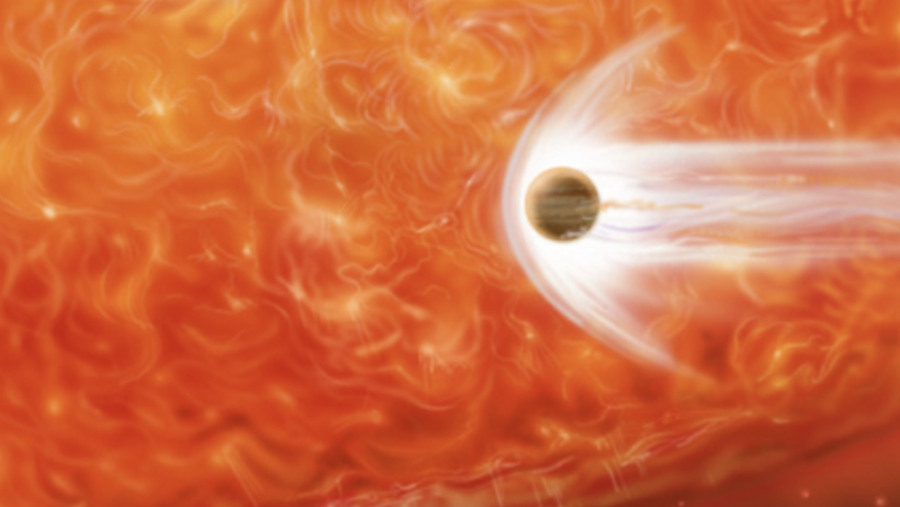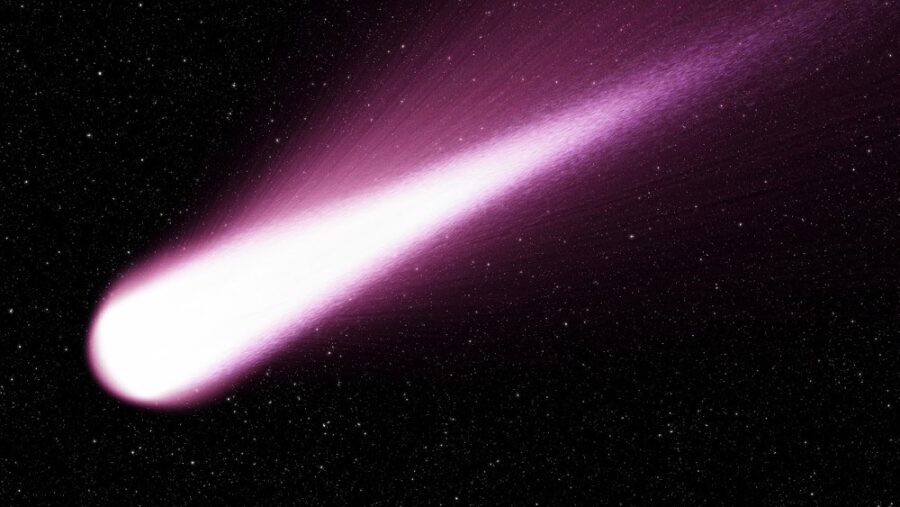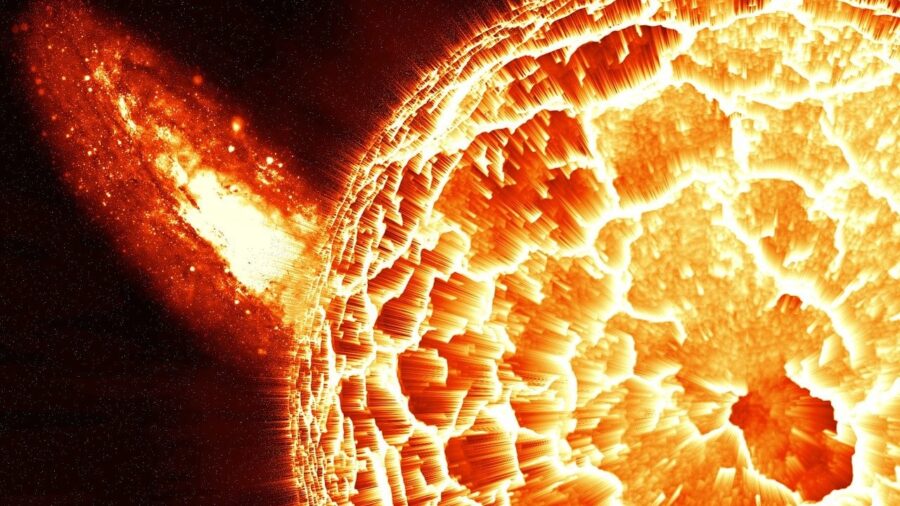Watch The Sun Annihilate A Comet That Dared Get To Close

A recently discovered comet that scientists and amateur astronomers hoped would be visible on Halloween was in an orbit a little too close to the sun. As the rocky form barreled through the solar system, the watchful eyes of European Space Agency and NASA astronomers and physicists were glued to its trajectory with the help of a telescope. The comet’s last moments were caught on film as it exploded into tiny fragments after getting obliterated by the sun’s intensity.
A Doomed Comet
Both space agencies had been tracking Comet C/2024 S1 (nicknamed ATLAS) for weeks and were hopeful that it would survive its perihelion, the part of its orbit that is closest to the sun. The comet was predicted initially to be streaking across the night skies over the Halloween holiday and remain visible for several nights. But as the footage captured by NASA and the European Space Agency’s Solar and Heliospheric Observatory would show, the close approach reduced the comet to specs of dust.
Scientists knew days before the comet’s obliteration that it was doomed. Karl Battams, who serves as the principal investigator for the LASCO instrument suite on the observatory noted that it “was likely already a rubble pile by the time it entered (the telescope’s) field of view.” A disappointment to stargazers for sure, who were hoping for a rare glimpse at a comet shooting so close to the Earth.
Discovered Weeks Ago

The comet was first discovered on September 27 by the Asteroid Terrestrial-impact Last Alert System, a Hawaii-based program that tracks objects that could be on a collision course with the Earth. After studying it, it was predicted that a “spectacular show in the night skies” would result over Halloween weekend. As it turned out, not even the long, glowing tail ever became visible to watchers.
There have been cases of other comets dancing a little too close to the sun but wound up surviving the close orbit. Comet C/2023 A3, a shooting rock of ice from the Oort Cloud, was observed for the first time in January 2023 by researchers at China’s Tsuchinshan Observatory. This comet survived its perihelion and was so close to the Earth that it could be seen with the naked eye.
Kreutz Sungrazers

The ATLAS comet is classified into a group that astronomers call Kreutz sungrazers. These comets have an orbit that is extremely close to the stars that they orbit, leading often to their almost inevitable destruction. This class was named after famed astronomer Heinrich Kreutz, the first scientist to notice this characteristic.
It’s believed that the ATLAS comet and the rest of those in the Kreutz sungrazers class were all from a bigger comet that came apart years before. Aside from their apparent suicide mission with the sun, these comets are also smaller than most of the others observed by astronomers.
Adding to the disappointment of the ATLAS comet’s disintegration is the fact that it would have been a bright sight to behold to the naked eye. Astronomers estimated that its brightness magnitude would have been rated a -7, brighter than the planet Venus, whose rating is a -4.6.













Login with Google